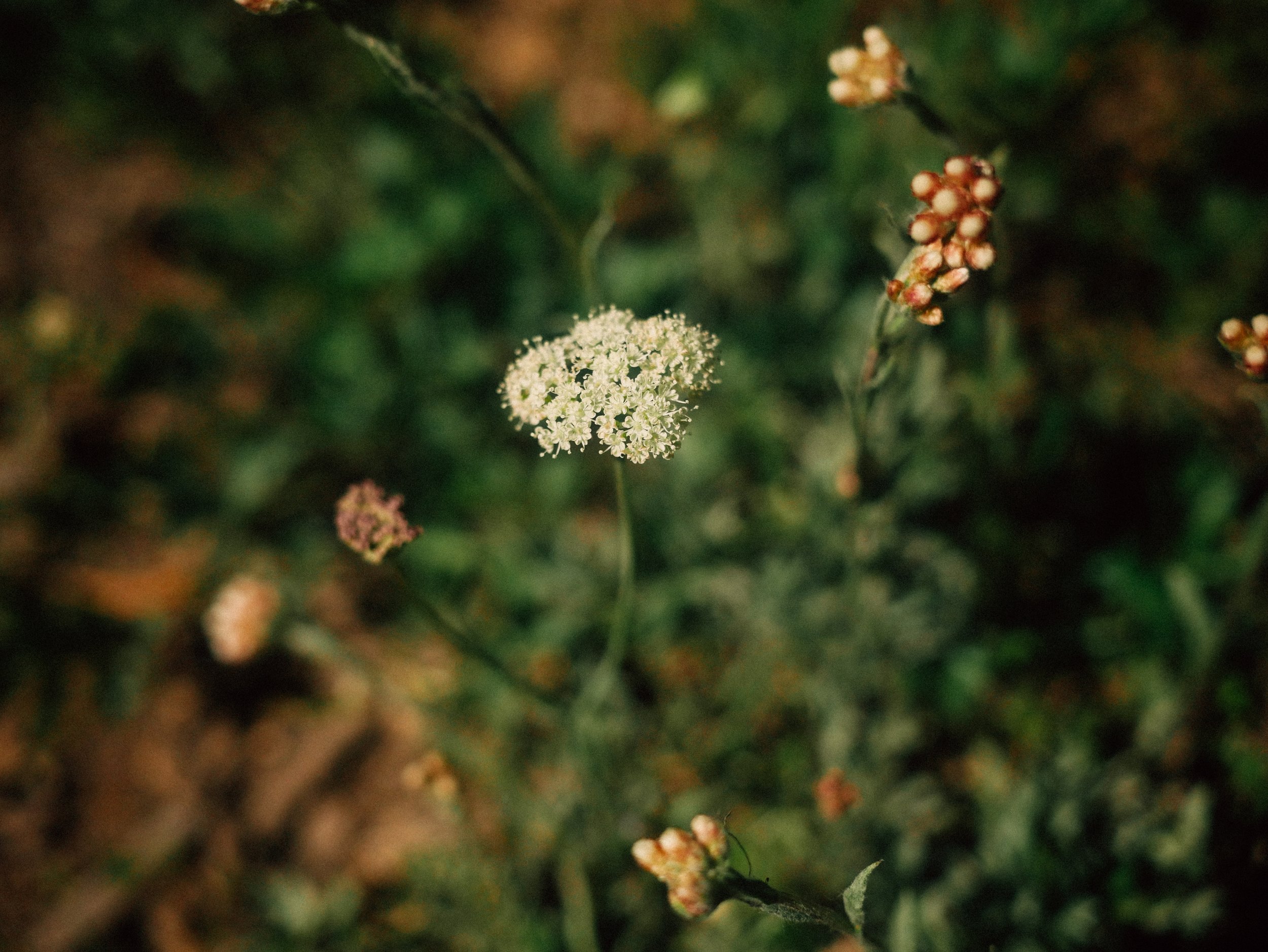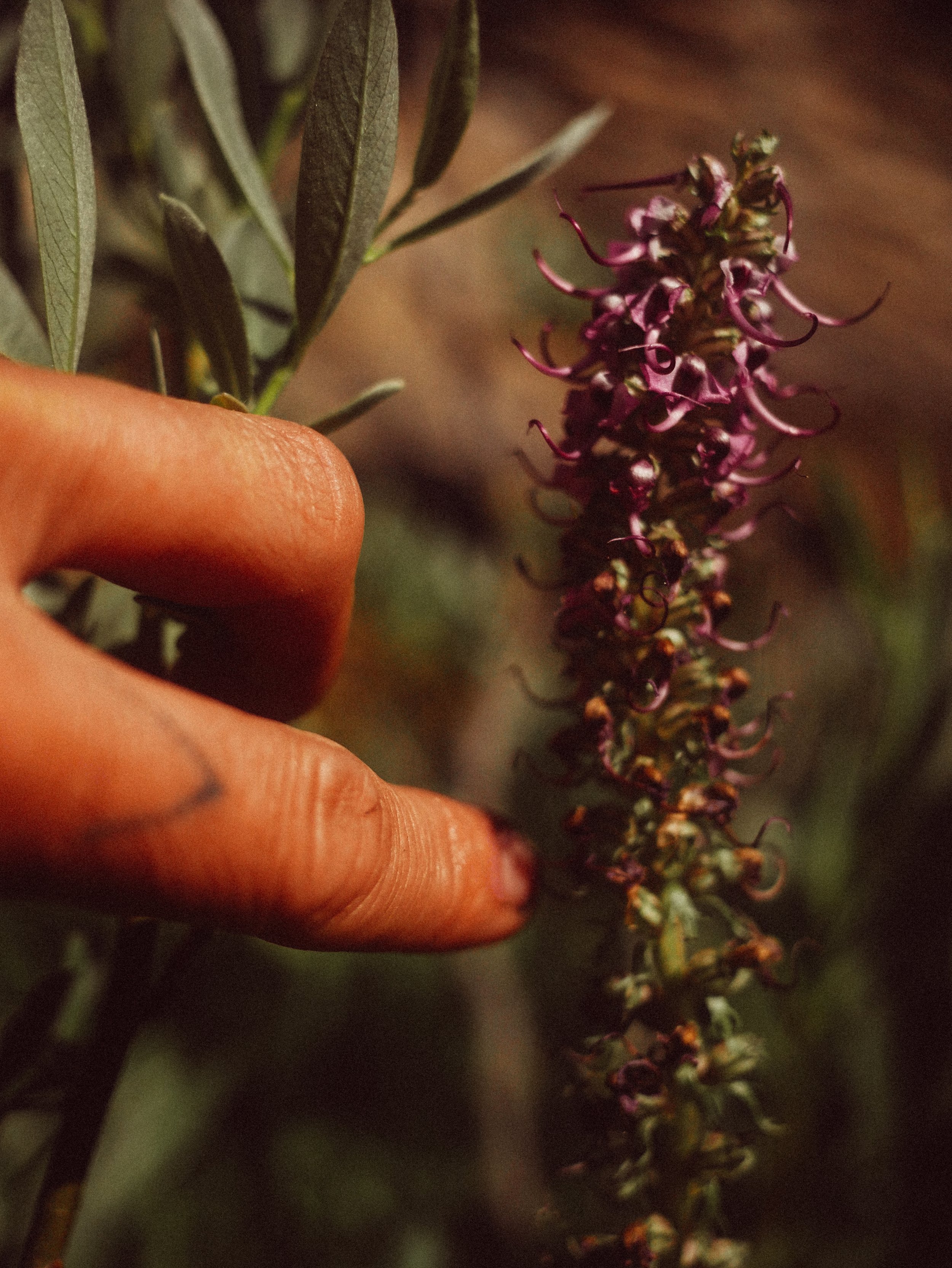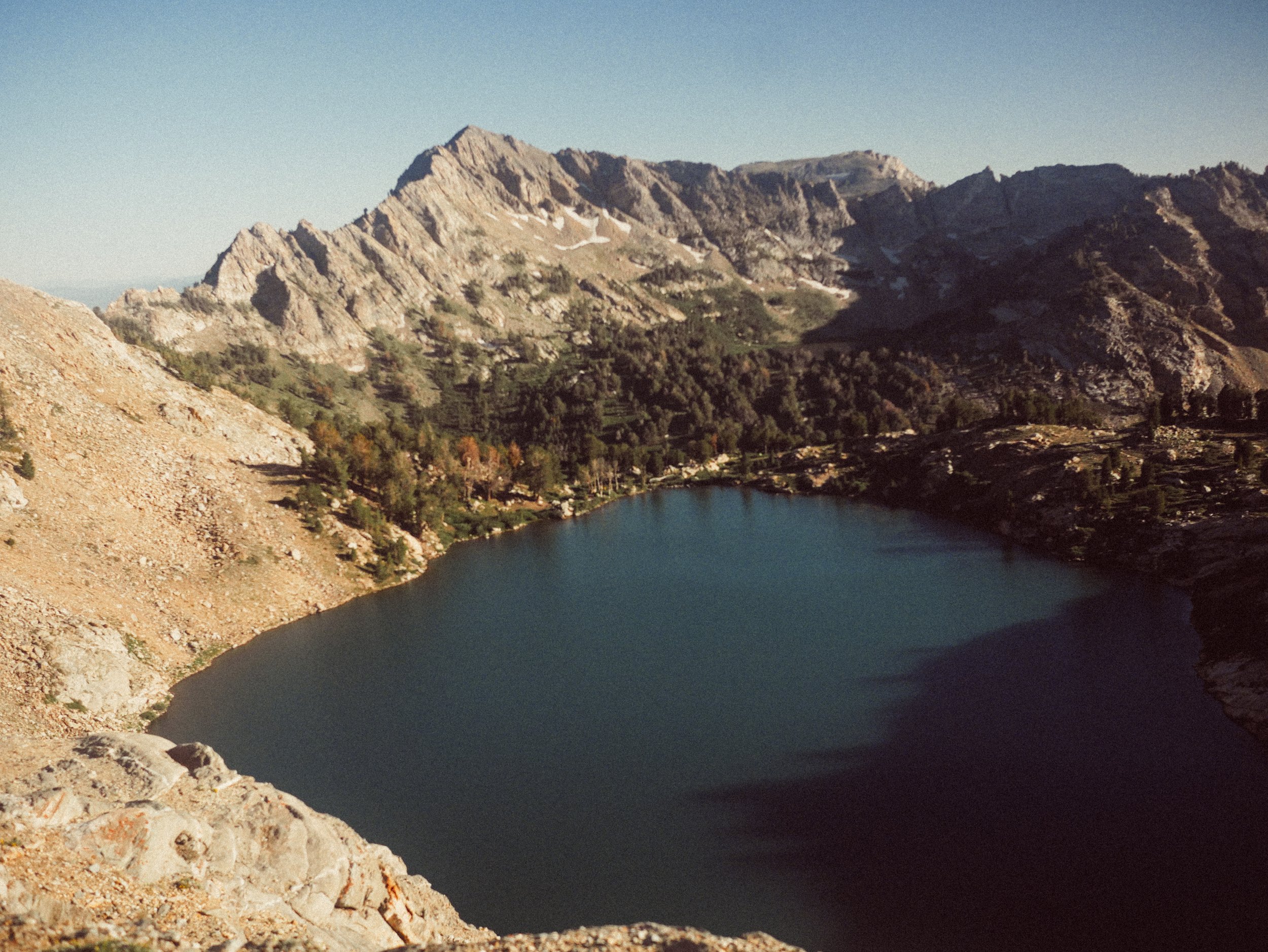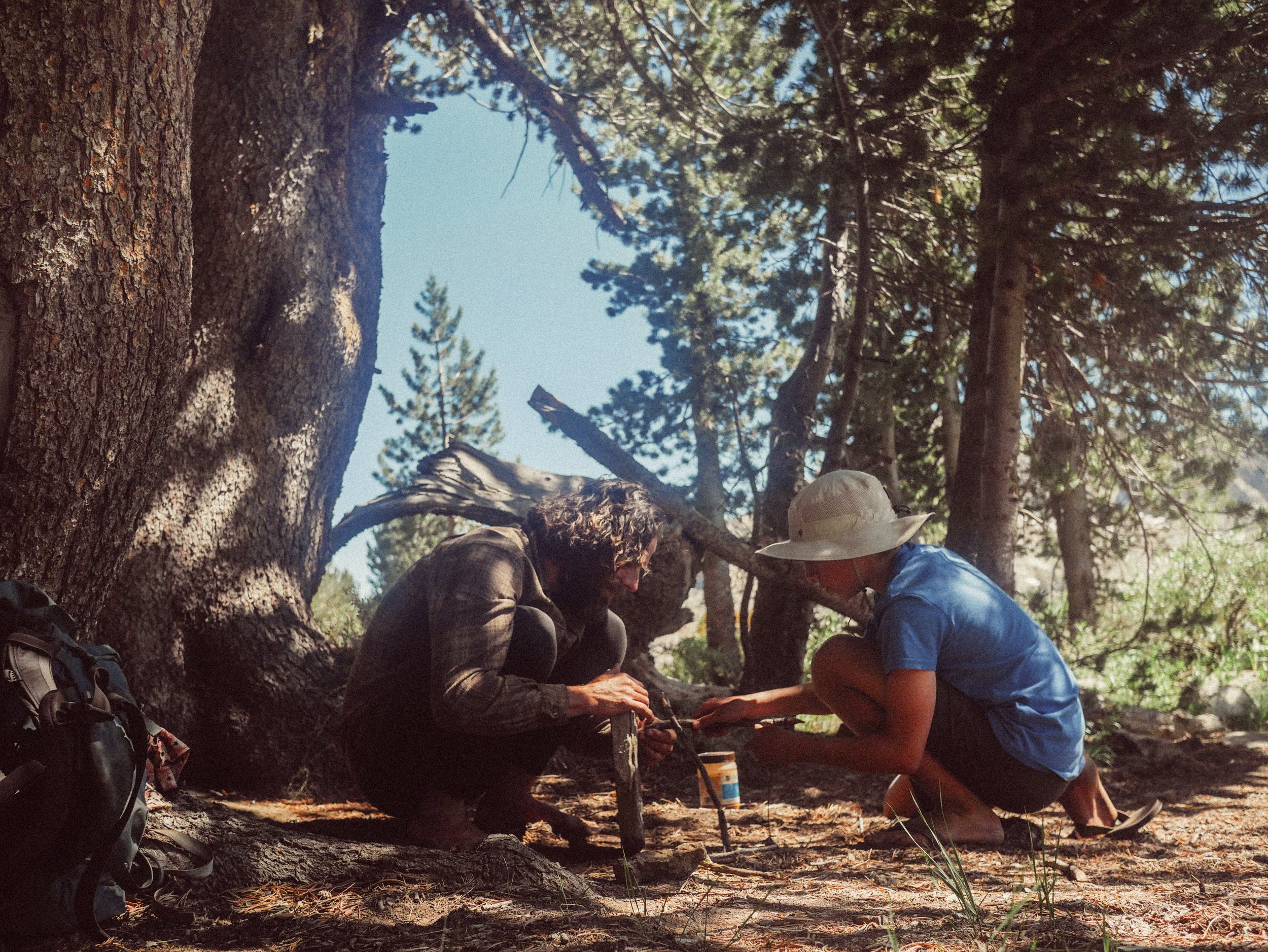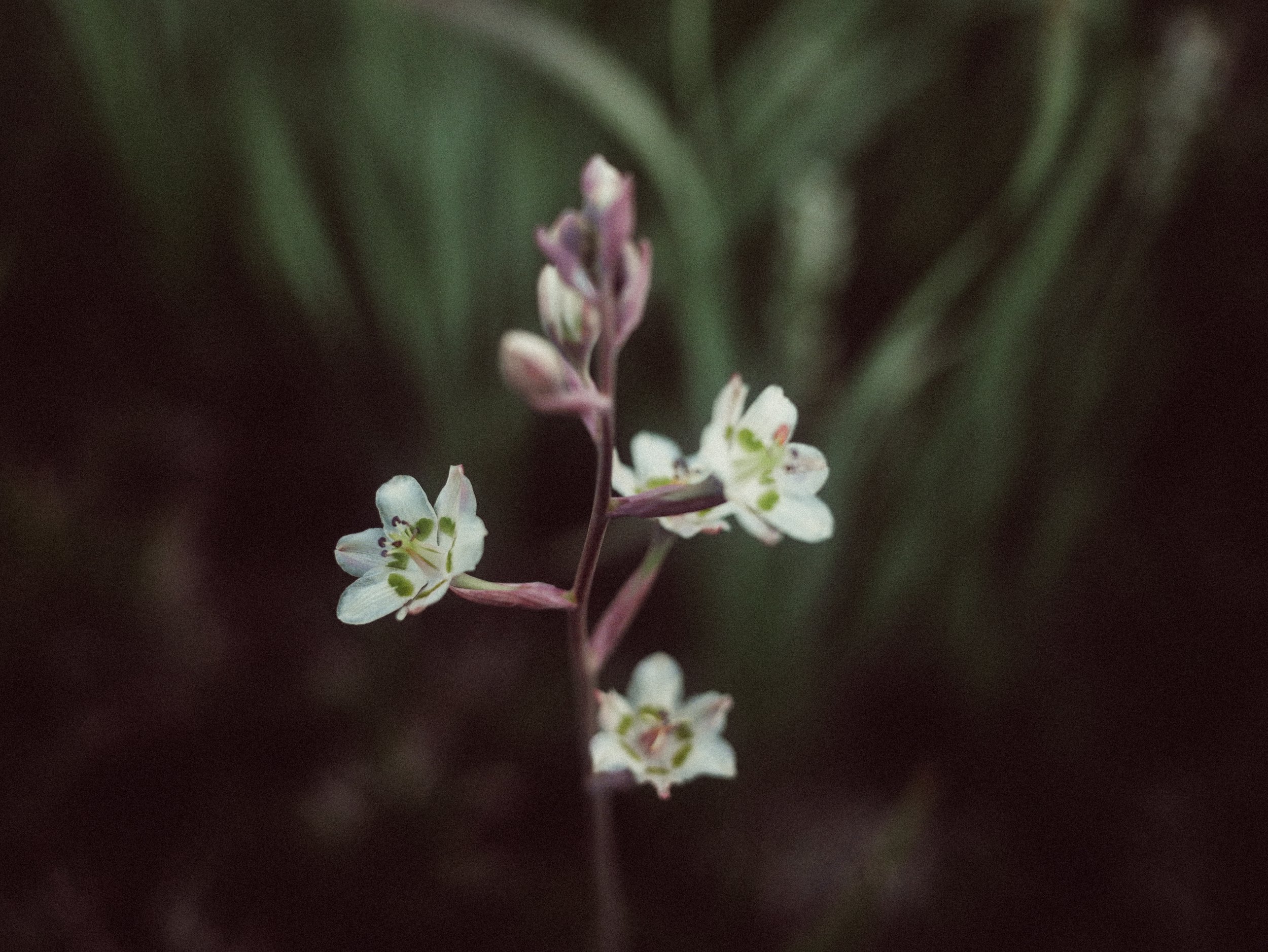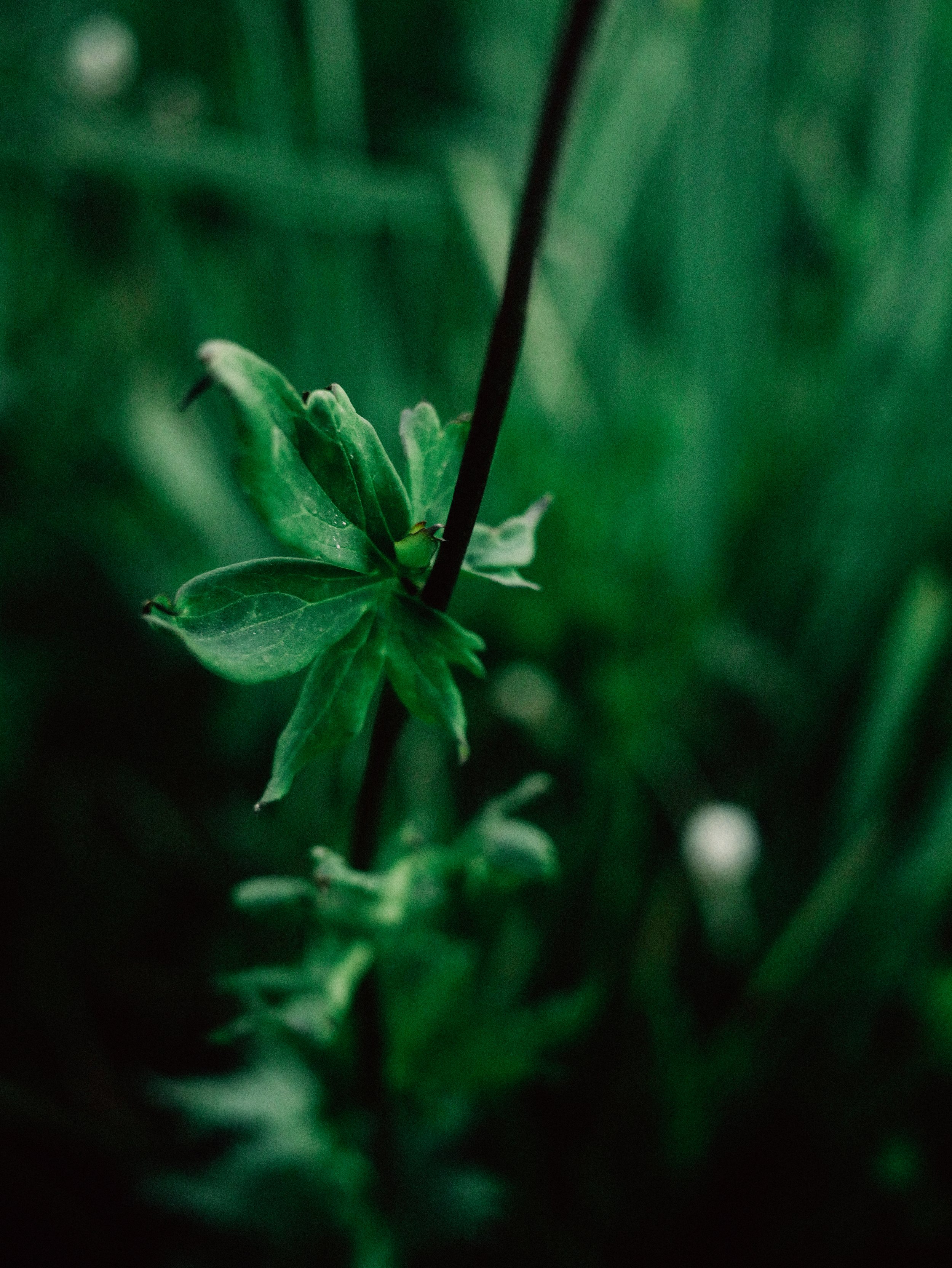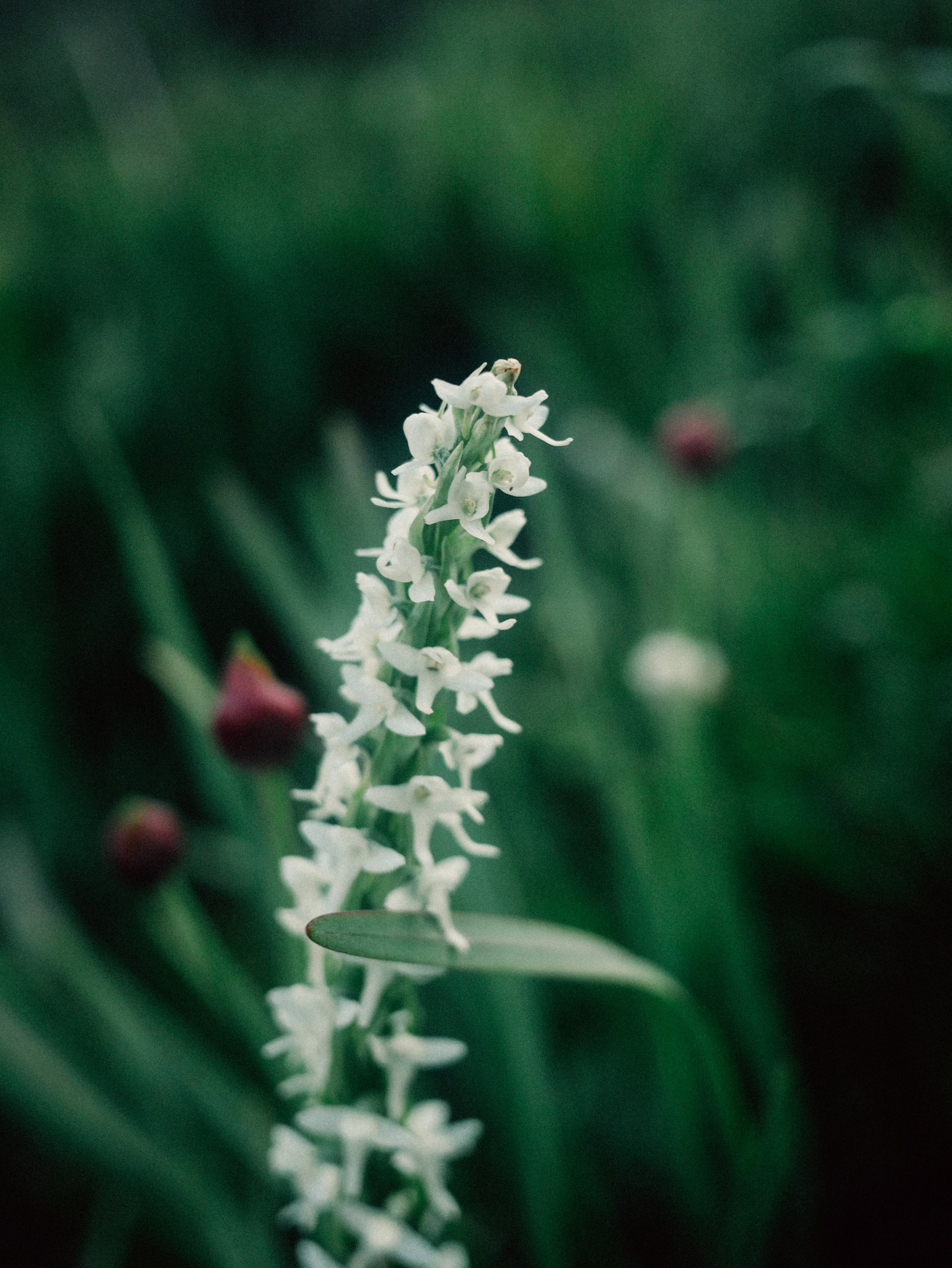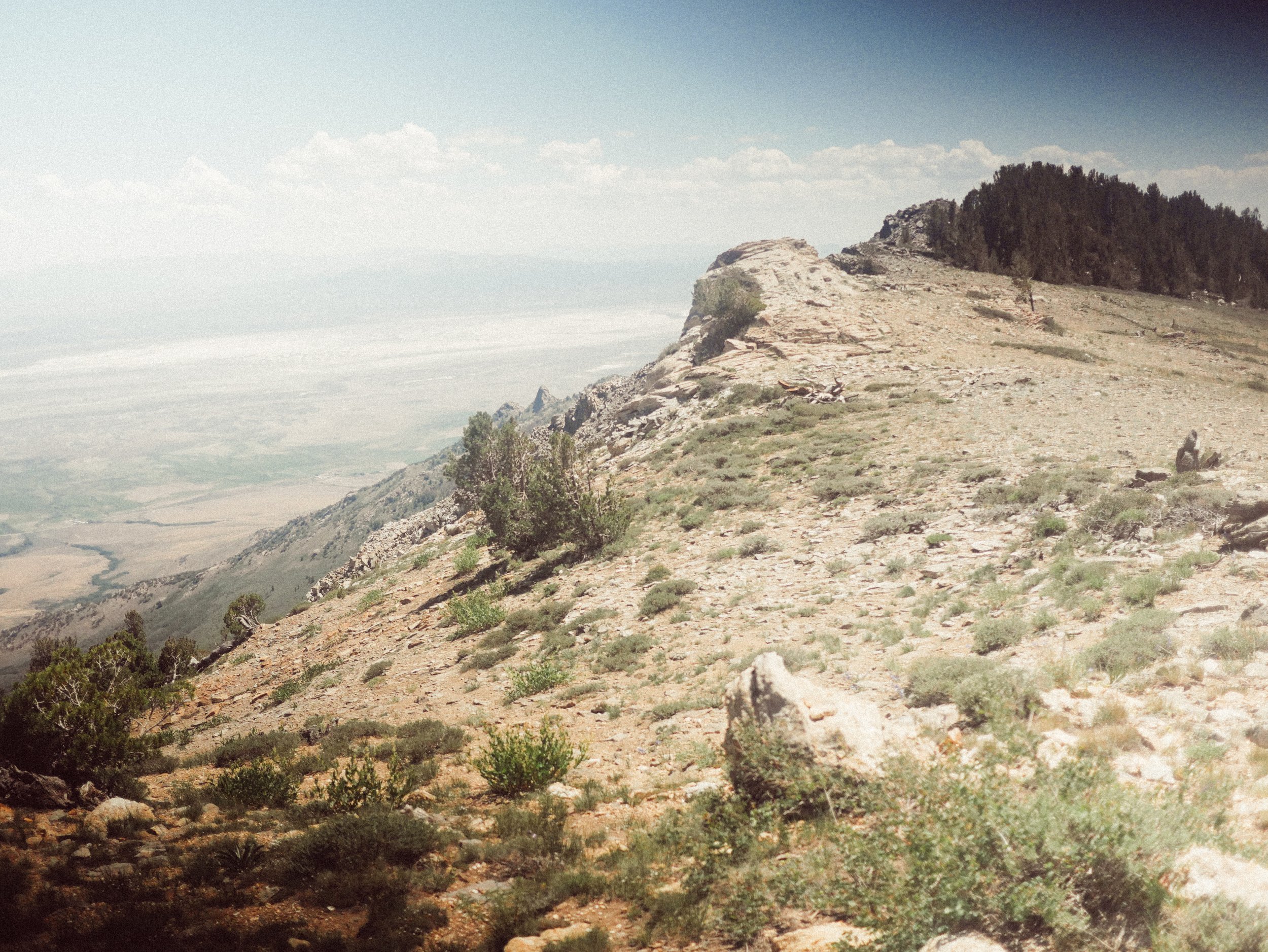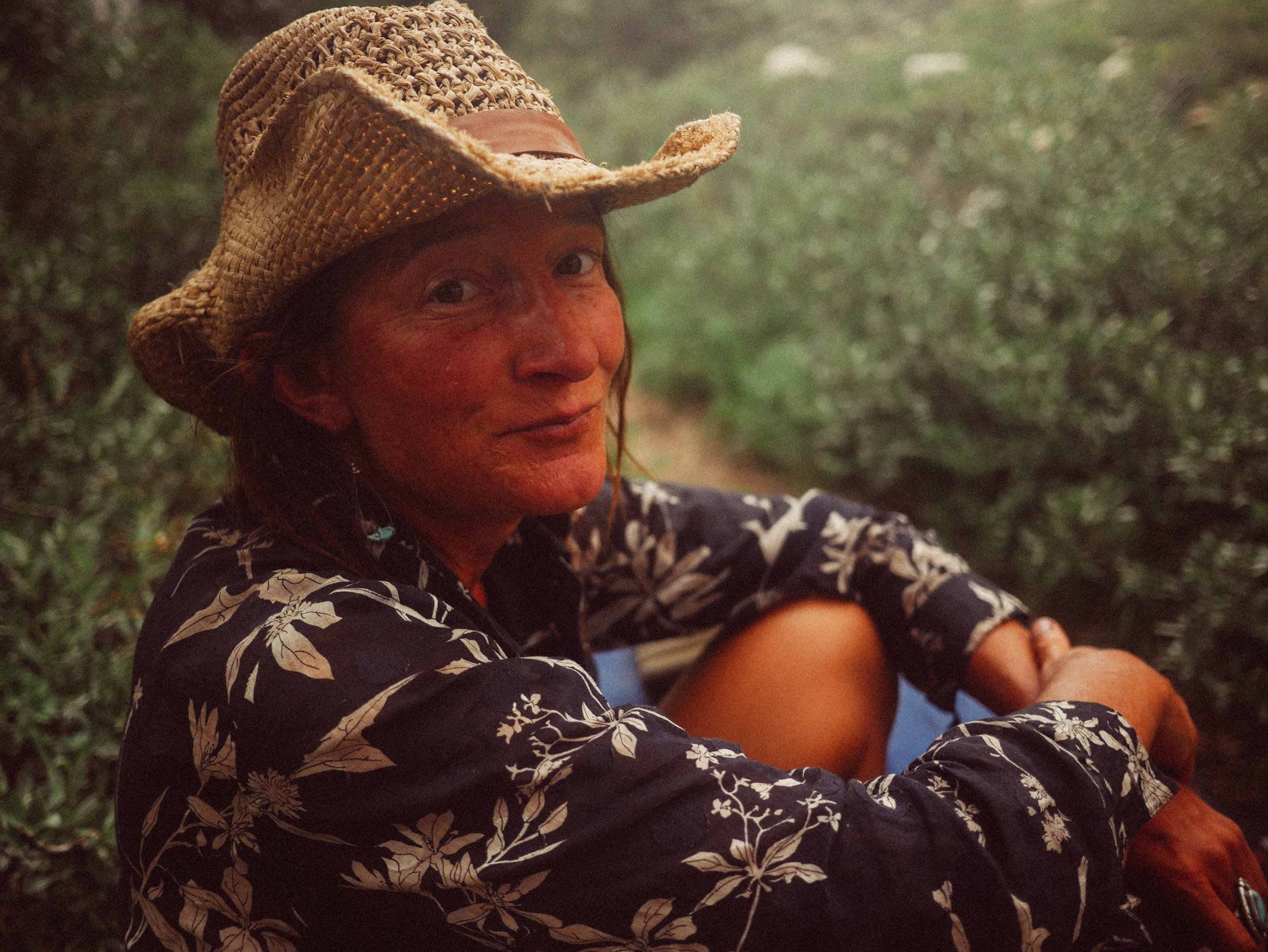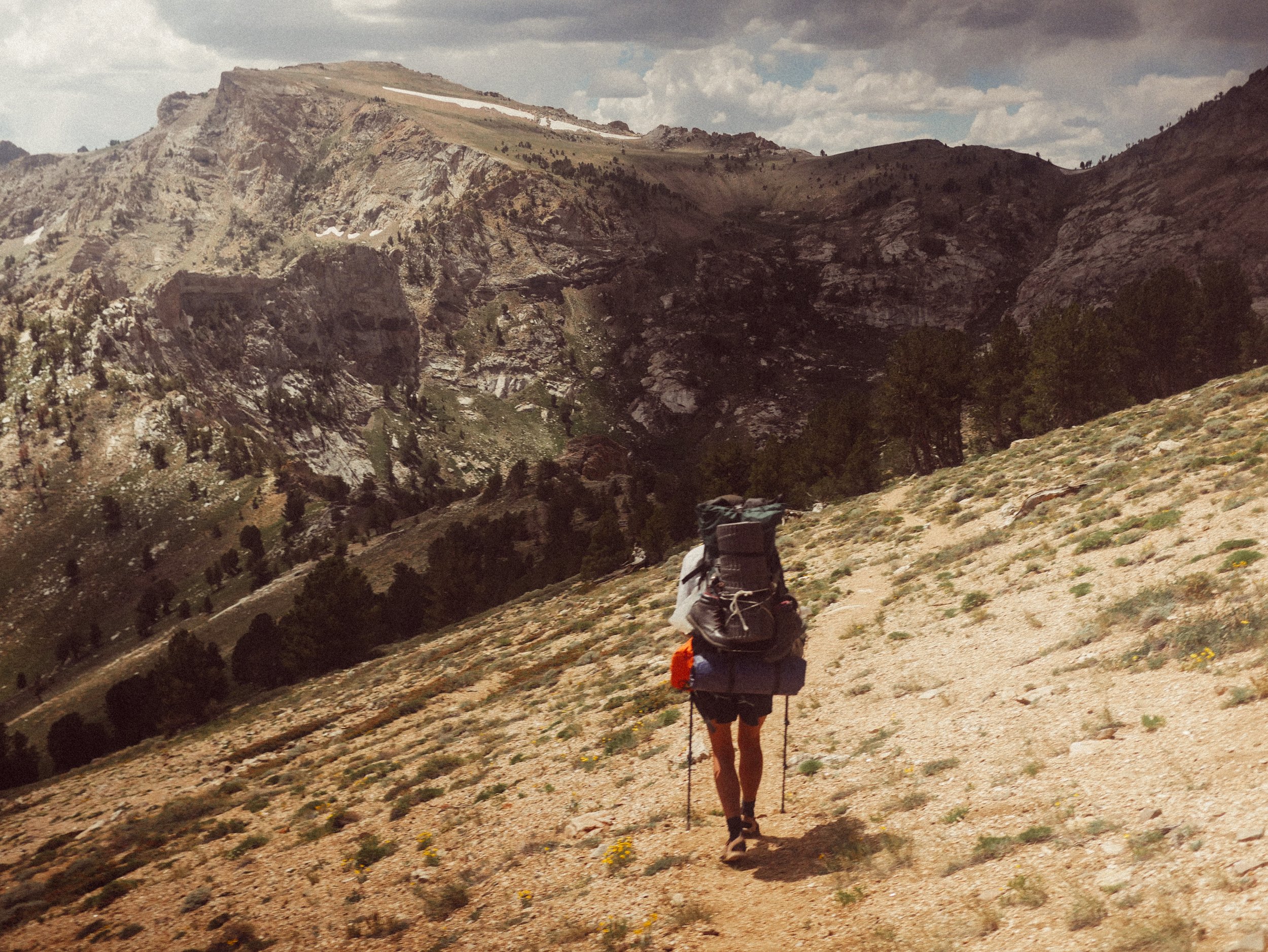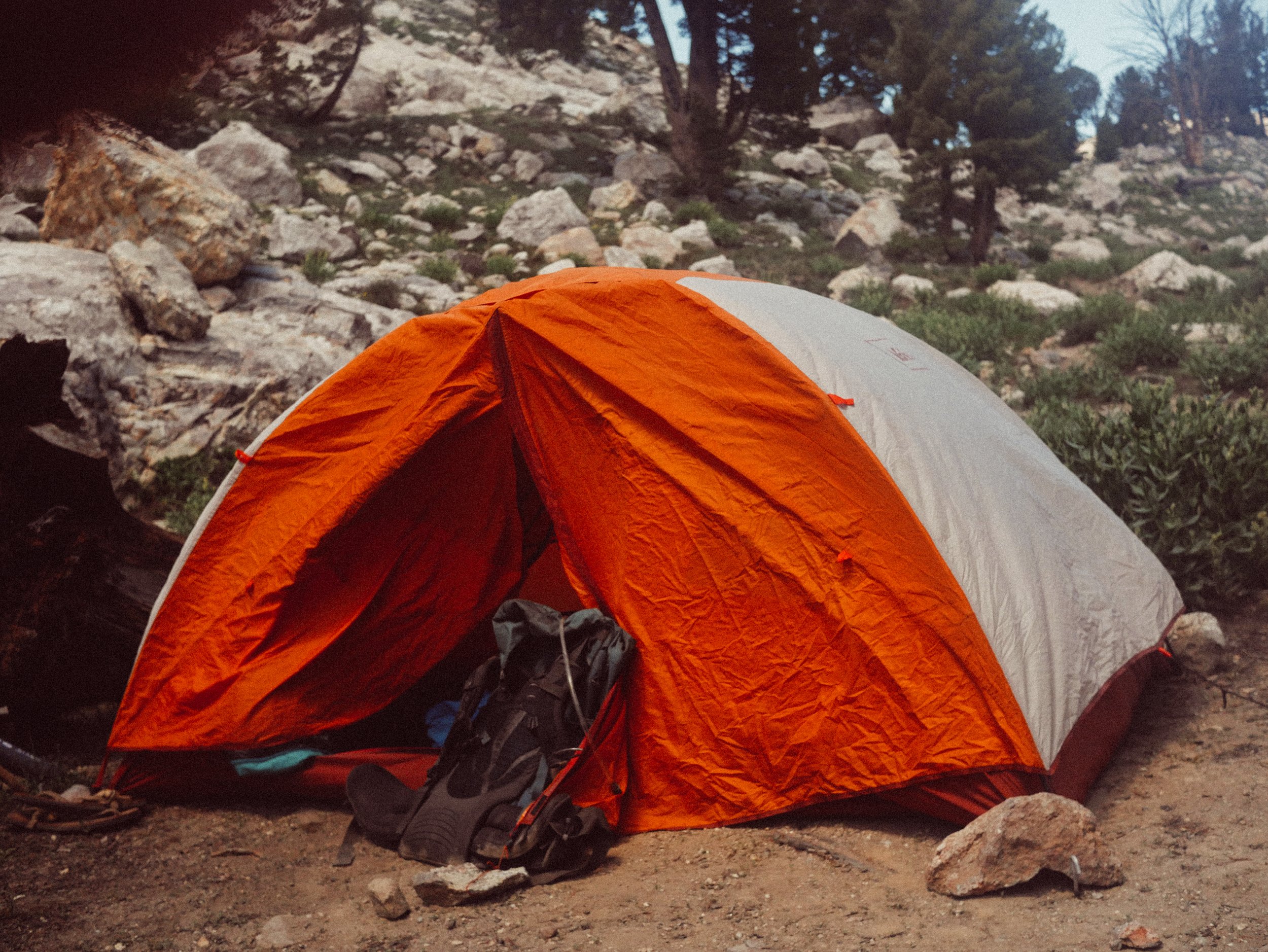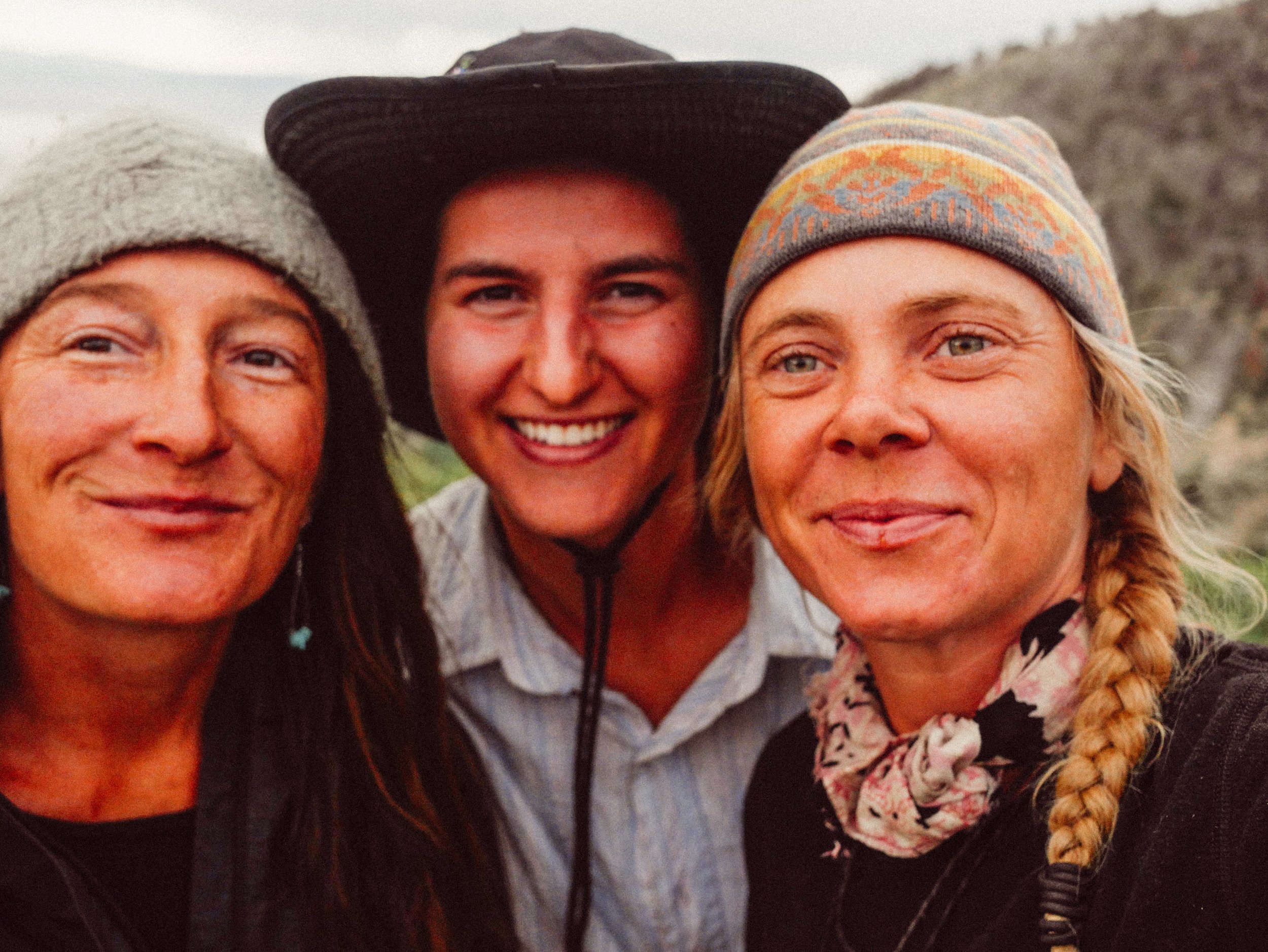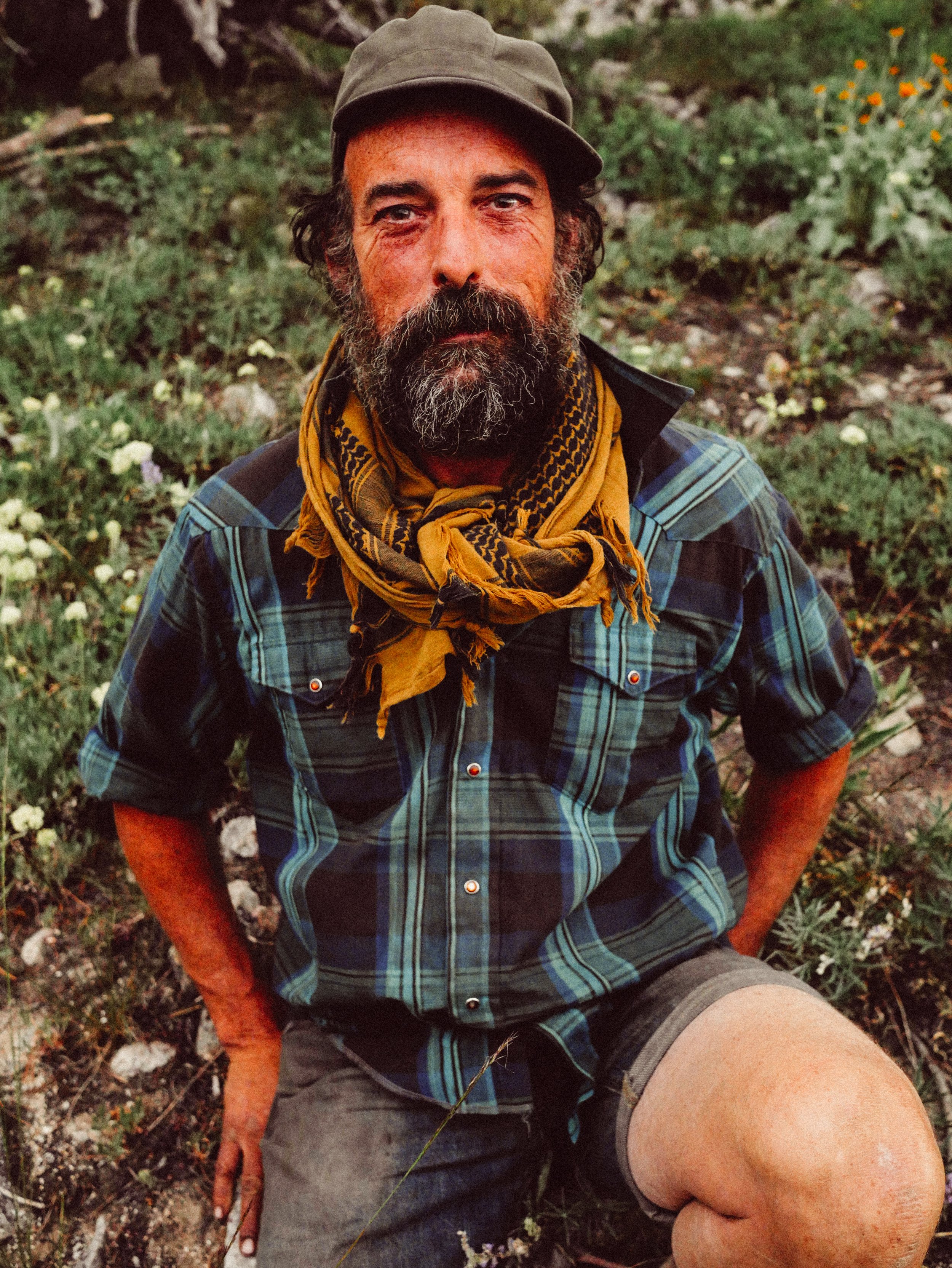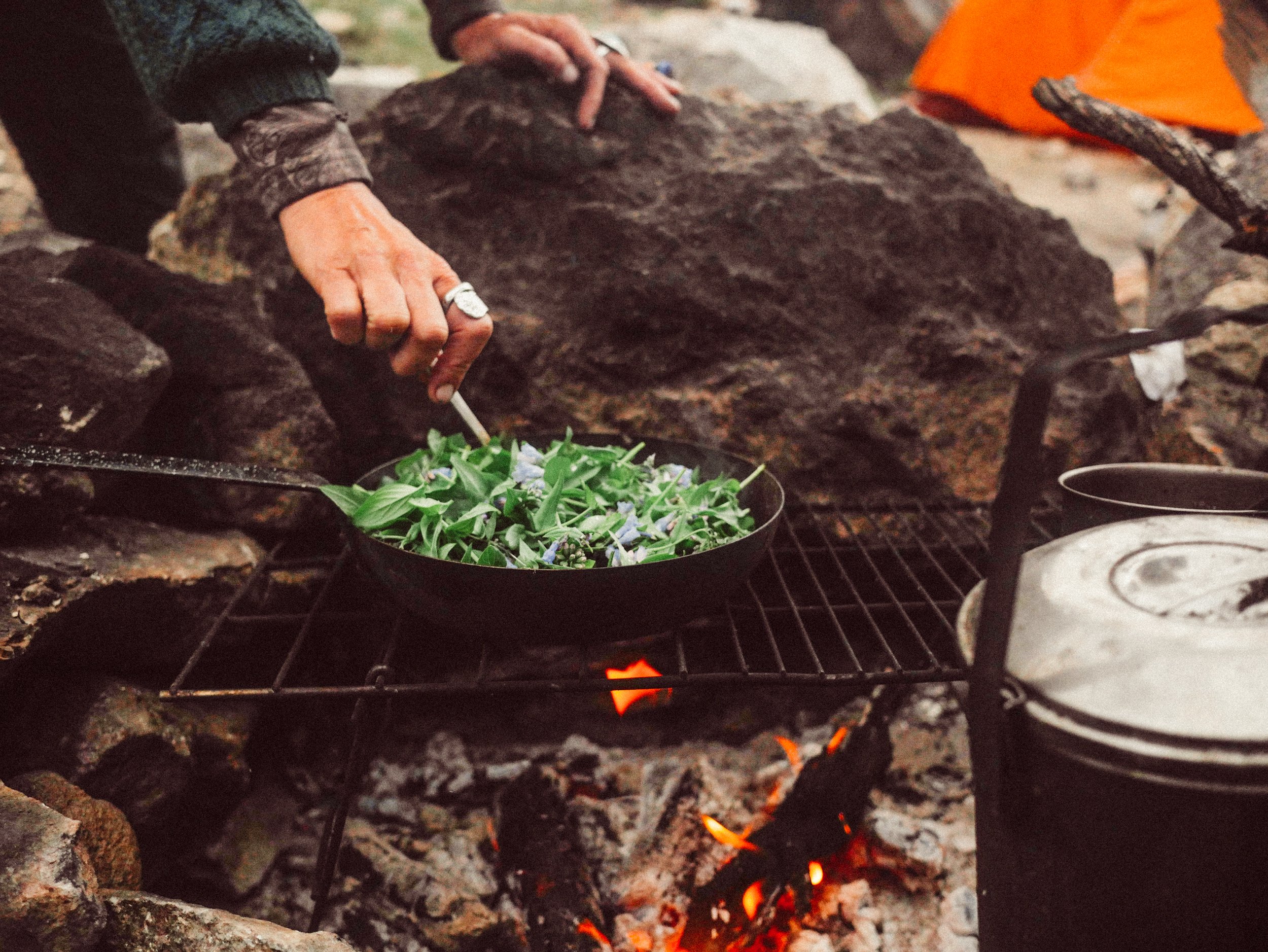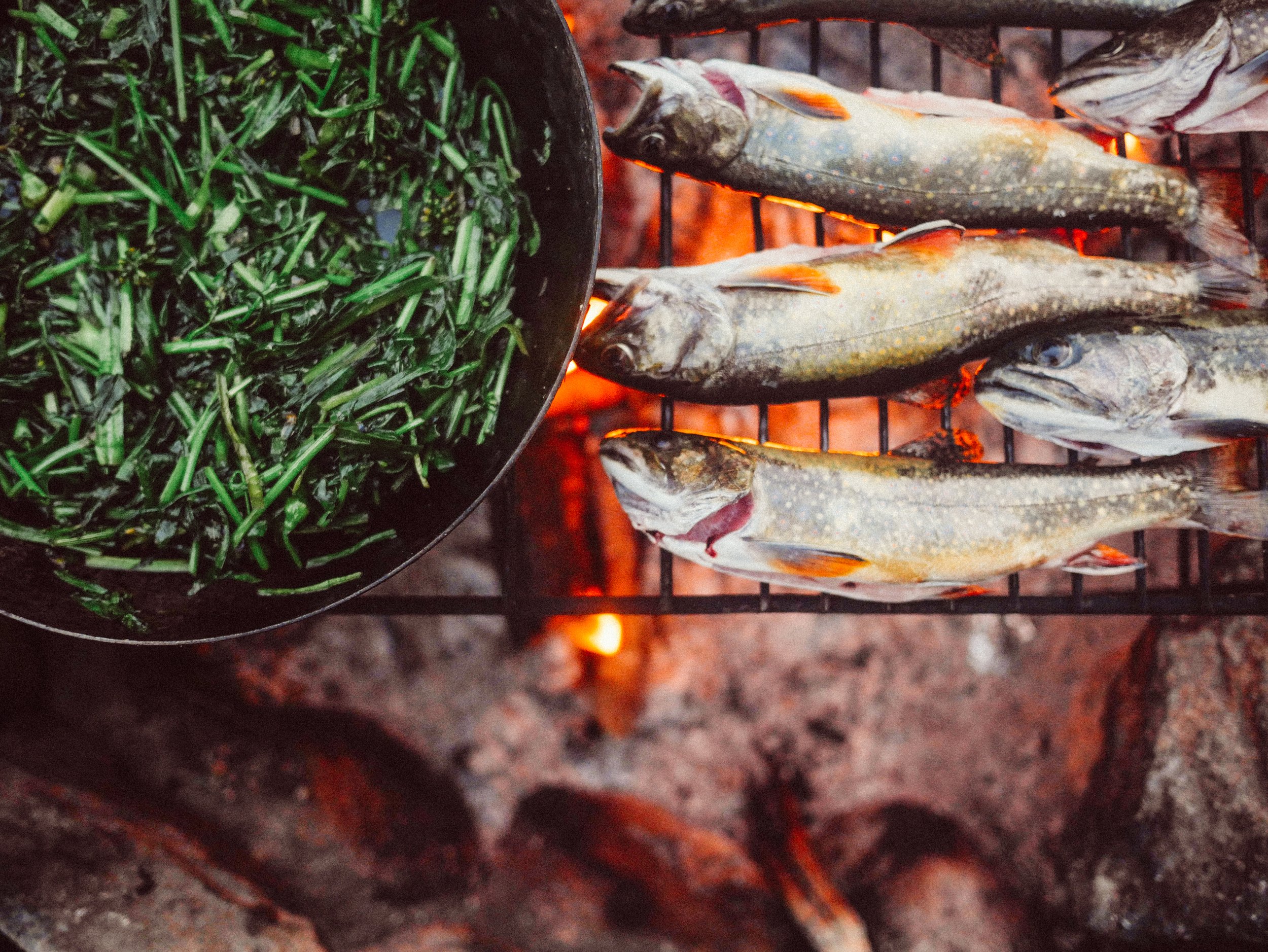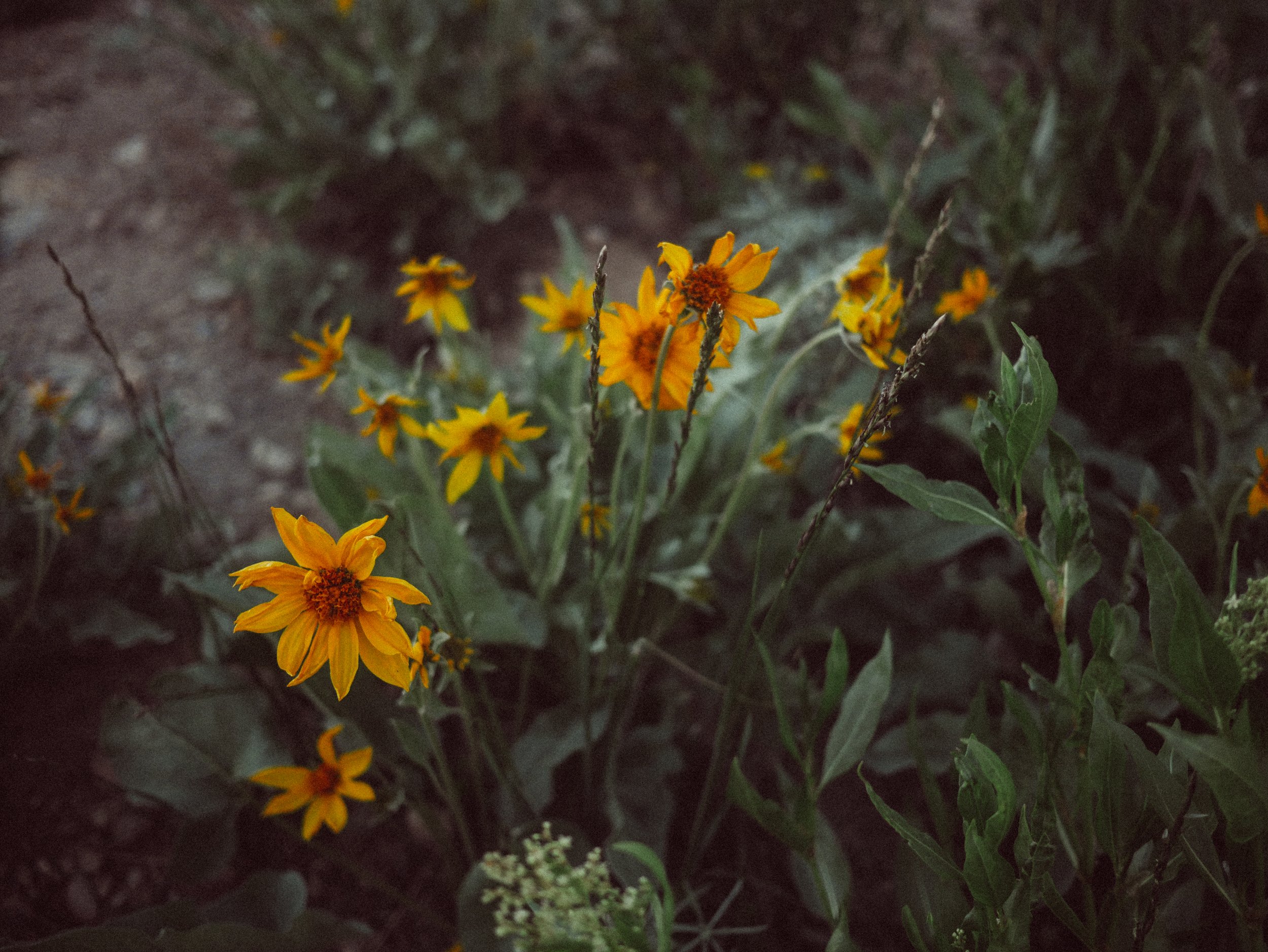
In July of 2022, a group of plant-curious friends and I headed out on an intentional walk in the remote Ruby Mountain range in northern Nevada. The range features the Ruby Crest Trail, of which we hiked 2/3, the rest was too hot and low elevation for the time of year we were there. Our goals were simple: get out, see what was growing, eat from the land and enjoy one another’s company cooking around the fire. As plant curious folks always investigating anthropogenic landscapes, wild gardens and ecological niches, the Ruby mountains were fascinating. Geologically, the mountains are multifaceted, and the plants vary as well.
Nevada is home to the most mountain ranges out of any state in the United States, and each one acts as a kind of ‘sky island’ of plants sheltering from the deep alkali or sagebrush basin below. Basin and Range, Basin and Range. It was hard to believe up in this lush paradise that the basin held temperatures of 100 degrees Fahrenheit or more on these walking days. Sometimes on a crest, one could look out and see the outside world, vast and expansive, exposed and vast. This walk was a encapsuled time island of peace, in a year of sorrow and confusion. Some plants I had not seen in a few years and the high country welcomed us with fish and feral onions for dinner every evening.
Tiny Yampah, Rock-eater Biscuitroot, Bushy Cinquefoil, Valerians, Osha, Pedicularis, Mule’s Ear, Horsemint, Ranger’s Buttons, Monkshood, Primrose, Redroot, Bluebells and more.




